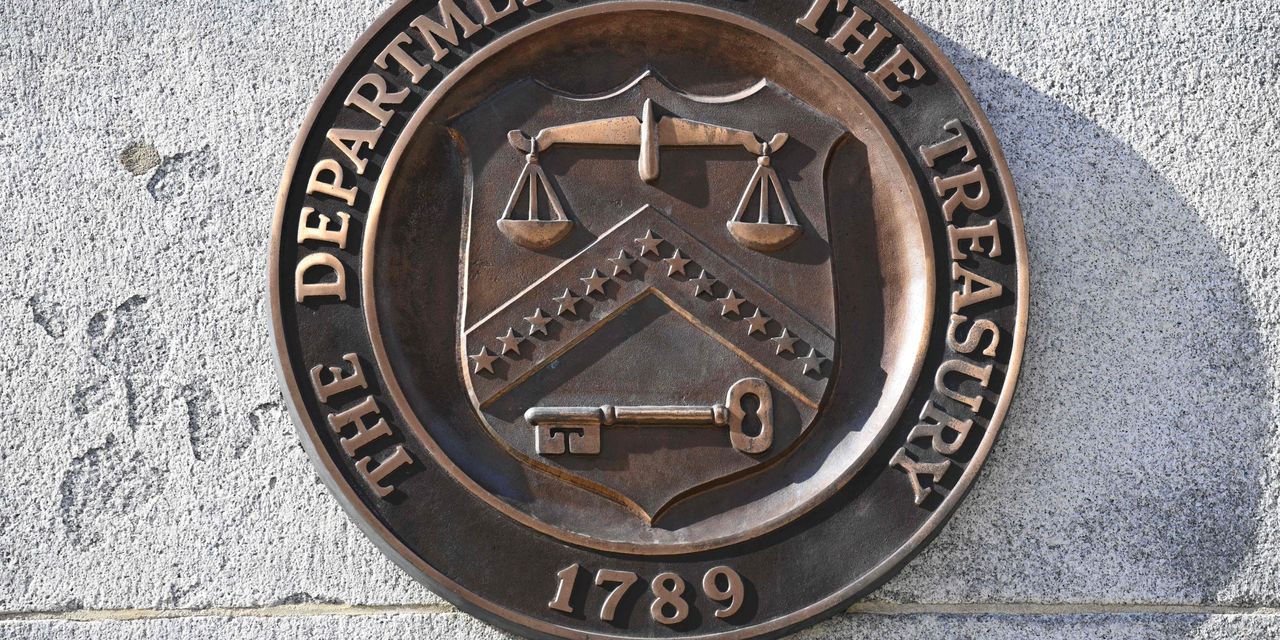Investors in exchange-traded funds who last month put money to work in the fixed-income market showed a preference for government bonds, particularly those with short-term maturities, according to State Street Global Advisors.
“Bonds took in just $10 billion in September, but 92% of those flows were driven by the $9 billion government bond exposures,” Matthew Bartolini, head of SPDR Americas research at State Street Global Advisors, said in a note on U.S.-listed ETF flows. Around $5 billion of the money flowing into government debt went to “ultra-short” bonds, he said.
Long-term Treasury bonds have been pummeled this year amid a surge in yields that continued Tuesday as investors faced the prospect of the Federal Reserve keeping interest rates higher for longer. Short-term Treasurys have fared better in 2023.
Shares of the iShares 20+ Year Treasury Bond ETF
TLT
finished Tuesday down slightly more than 2%, bringing its loss this year to 12.4% on a total return basis, according to FactSet data.
Meanwhile, the SPDR Bloomberg 1-3 Month T-Bill ETF
BIL
was little changed on Tuesday, with the fund returning a total 3.6% year to date, FactSet data show. And although shares of the iShares 1-3 Year Treasury Bond ETF
SHY
closed 0.1% lower Tuesday, the fund has posted a year-to-date gain of 1.4% on a total return basis.
Read: ETFs that buy long-term Treasury bonds drop sharply after Fed signals higher for longer rates
“Ultra-short and short-term government bonds have been the main driver of full-year flows as well” within government debt, Bartolini said in his note. Bond-ETF flows in August also showed that investors favored short-duration fixed income.
As for corporate bonds, both investment-grade and high-yield debt, or junk debt, saw outflows in September, according to State Street.
Investors pulled almost $3.8 billion from investment-grade corporate bonds last month, the note shows, in what Bartolini said was “a stark reversal of the year-to-date trend.” And high-yield corporate bonds suffered $1.5 billion of outflows in September, even as they are “one of the few bond markets to witness positive returns (up 5.8%), mainly due to carry effects from the higher coupon,” he wrote.
U.S. Treasurys, which often are referred to as the risk-free rate, have been yielding more than 5% on debt with ultra-short and short-term durations.
For example, two-year Treasury yields
BX:TMUBMUSD02Y
rose 3.8 basis points to 5.148% on Tuesday, according to Dow Jones Market Data. As for ultra-short-term rates, the yield on the three-month T-bill
BX:TMUBMUSD03M
was trading at 5.5% on Tuesday afternoon.
Both those levels are above the 10-year Treasury yield
BX:TMUBMUSD10Y,
which surged 11.9 basis points on Tuesday to 4.801%, the highest rate since August 2007, according to Dow Jones Market Data. Thirty-year yields
BX:TMUBMUSD30Y
soared 14.2 basis points on Tuesday to 4.936%, the highest since September 20, 2007, based on 3 p.m. Eastern Time levels.
Read the full article here













Leave a Reply